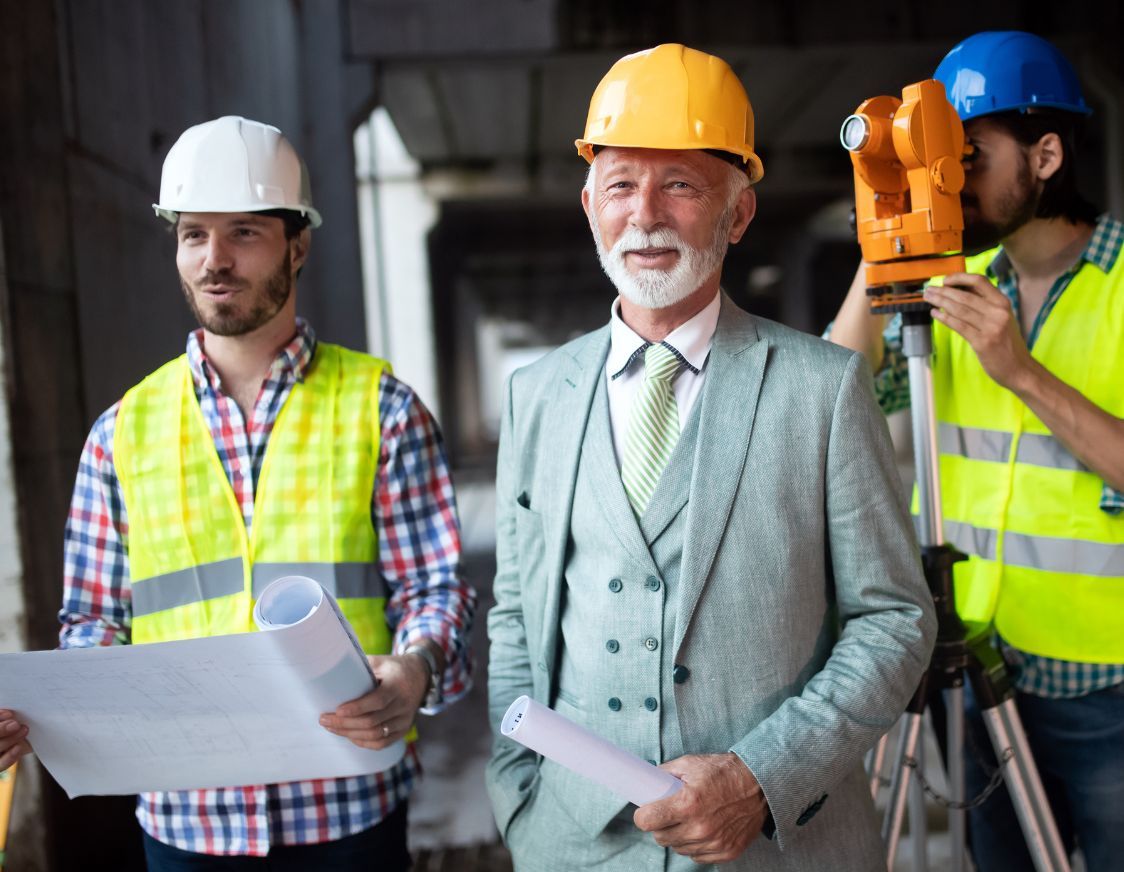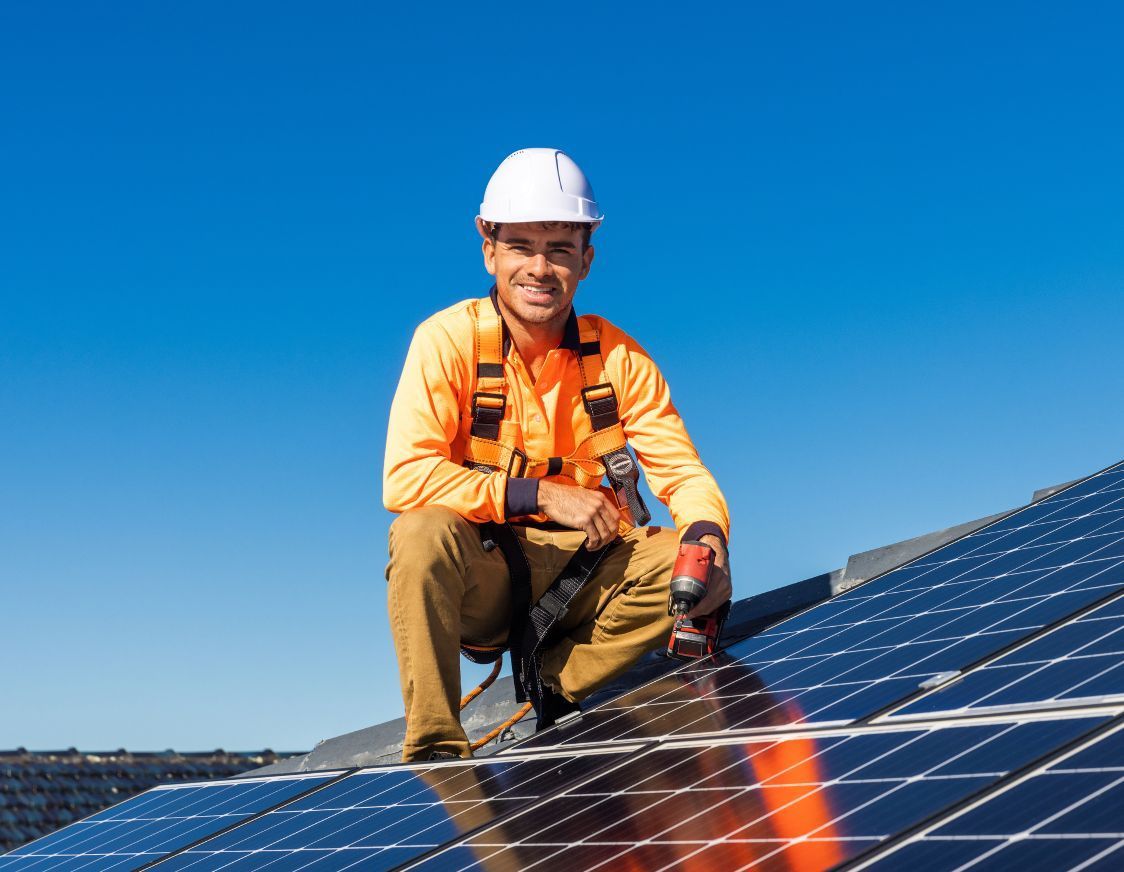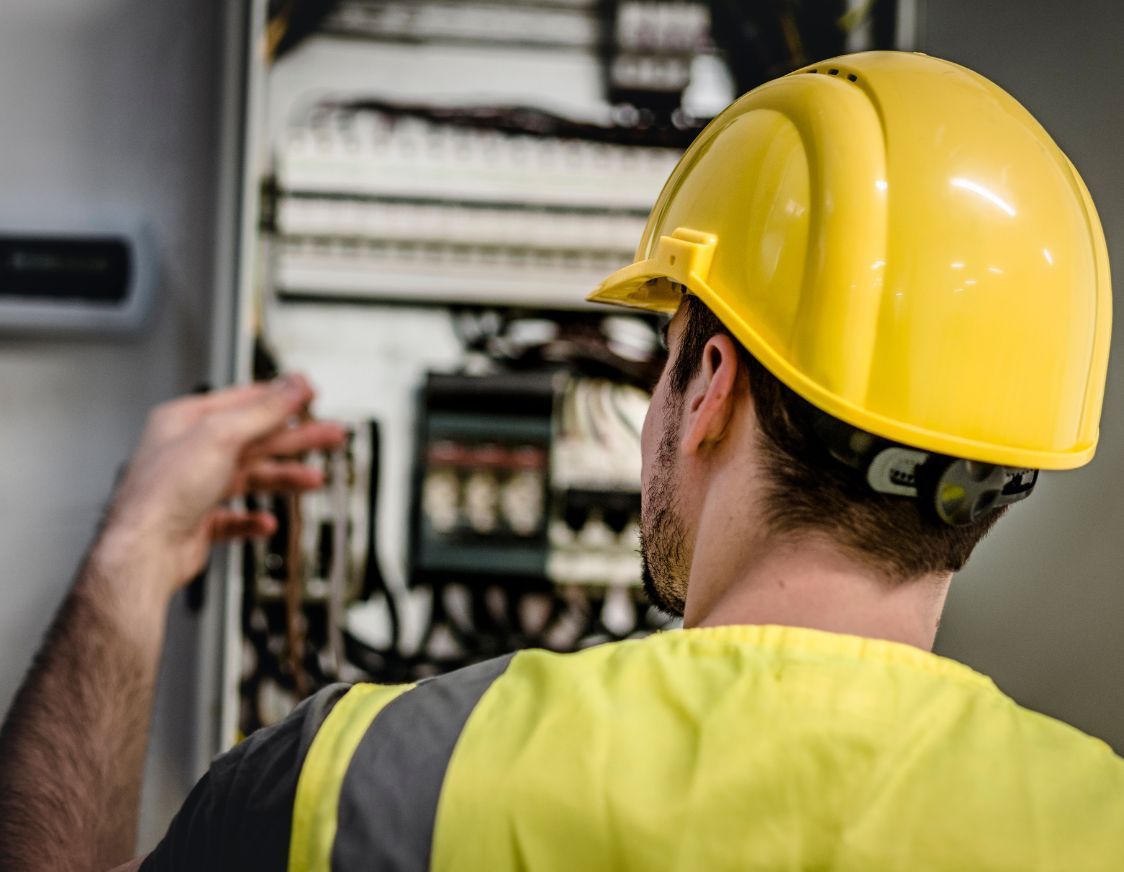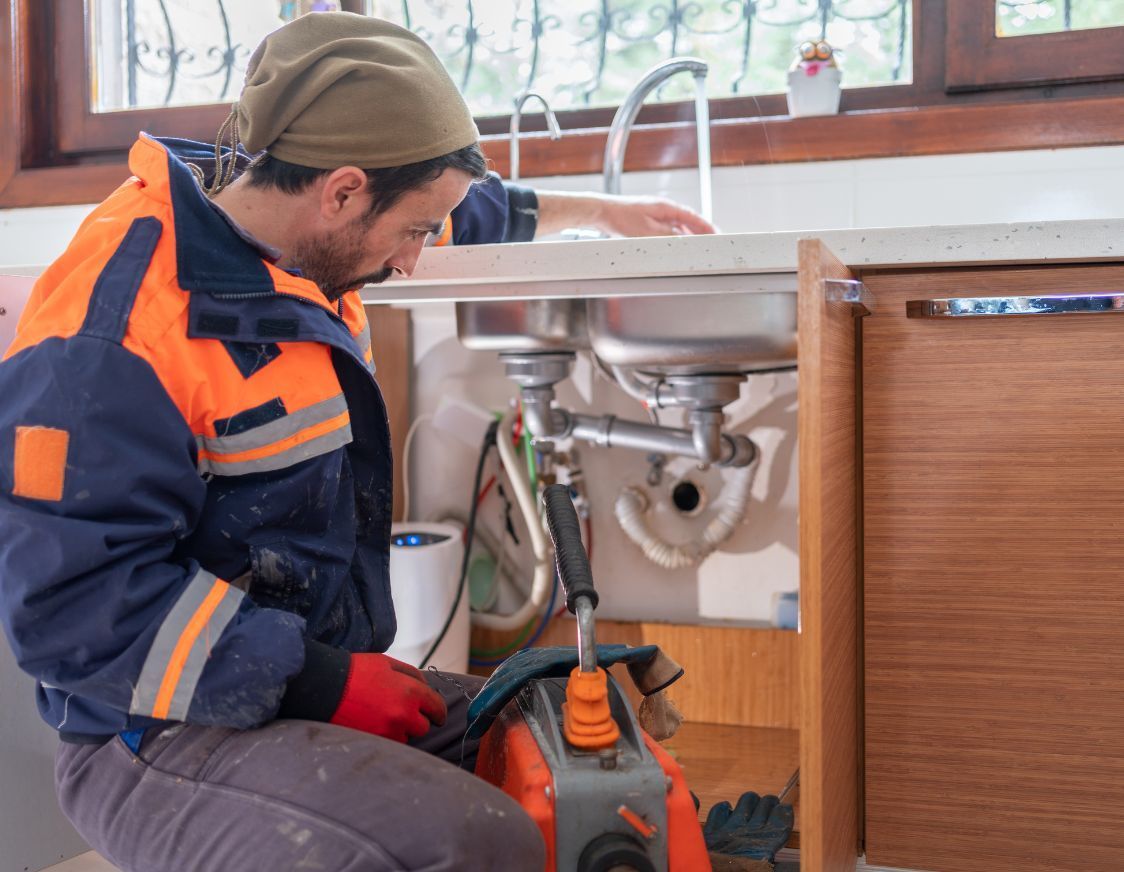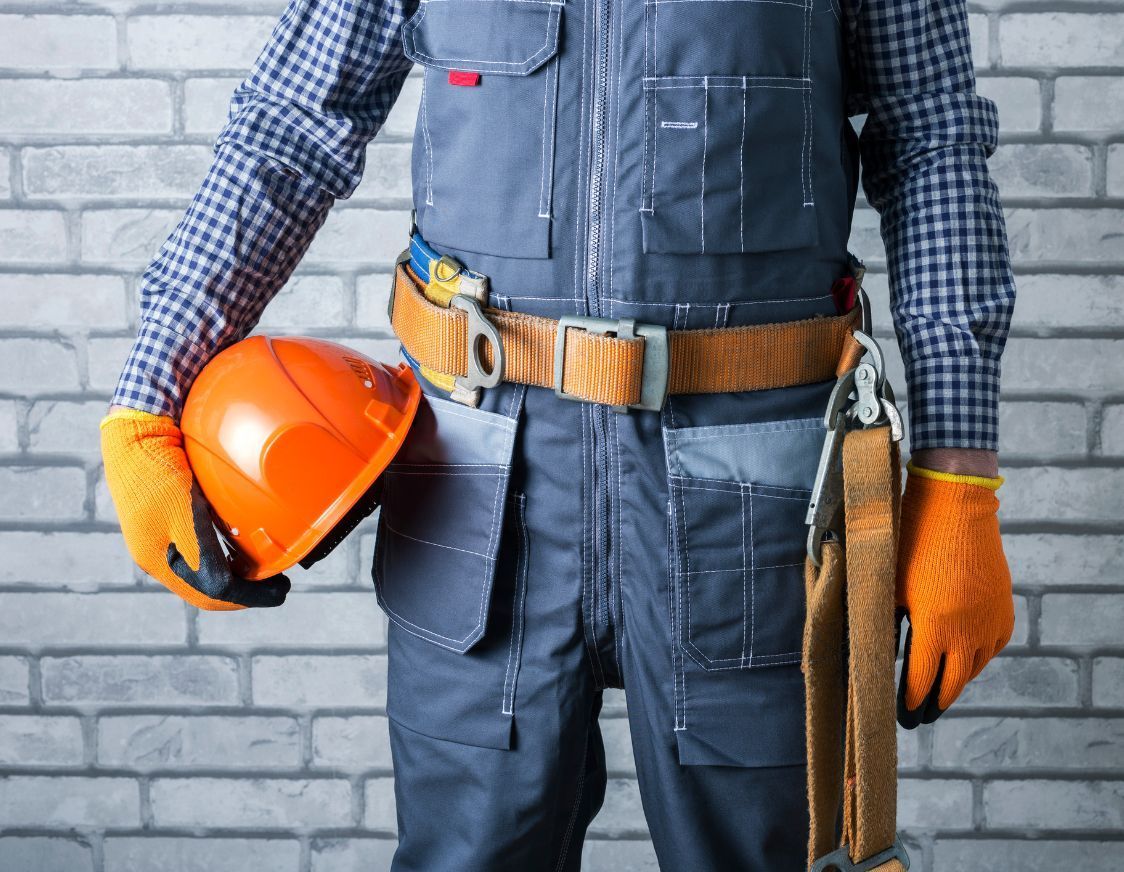The construction industry is embracing green building practices, transforming how projects are completed and managed. While these practices promote environmental sustainability, they also present unique risks for contractors. Standard insurance policies often fall short of addressing these challenges. This guide outlines the most critical insurance considerations for contractors adopting green construction methods, ensuring that your business stays protected while you lead in innovation.
1. Pollution Liability Insurance: Covering Environmental Risks
Green building frequently involves materials and techniques designed to minimize environmental harm, but these can still lead to pollution risks. For instance, improper disposal of eco-friendly materials might contaminate soil or water, leaving contractors liable for cleanup and damages.
Pollution Liability Insurance protects contractors from claims involving environmental damage caused by their operations. Coverage includes legal costs, cleanup expenses, and third-party claims. This type of insurance is crucial for contractors using advanced materials or working in sensitive areas.
For more details about coverage for environmental risks, visit our Pollution Liability Insurance page.
Additionally, check out the
EPA's guide to managing construction waste to understand regulatory requirements.
2. Equipment Insurance: Protecting Your Investments
Green construction projects often require advanced tools and machinery, such as those used for installing solar panels or geothermal systems. Equipment damage, theft, or breakdowns can disrupt project timelines and lead to costly delays.
Equipment Insurance provides financial protection, covering repair or replacement costs for your tools and machinery. For contractors working with expensive, specialized equipment, this coverage is a must.
Learn more about the importance of insuring your tools on our
Equipment Insurance page.
3. Professional Liability Insurance: Avoiding Errors and Omissions Claims
Contractors involved in sustainable projects often make energy efficiency promises or work on certifications like LEED. These commitments bring added responsibility—and potential liability. If a project fails to meet promised standards, contractors can face lawsuits for negligence or errors in design and execution.
Professional Liability Insurance, also called Errors and Omissions Insurance, covers these risks. It’s especially important for contractors who offer consulting or design-build services.
Discover how this coverage can protect your business by visiting our
Professional Liability Insurance page for HVAC contractors.
4. Workers’ Compensation Insurance: Ensuring Employee Safety
Green construction introduces new safety challenges. Workers installing green roofs, handling recycled materials, or operating specialized equipment may face unique hazards. Workers’ Compensation Insurance ensures that employees receive medical care and wage replacement for injuries sustained on the job. It also shields your business from lawsuits related to workplace accidents.
For more information about this coverage, see Workers’ Compensation Insurance for HVAC contractors.
5. Cyber Liability Insurance: Protecting Digital Assets
Green building projects increasingly rely on technology, from smart building systems to energy monitoring tools. As contractors handle more sensitive data, they face the risk of cyberattacks and data breaches. Cyber Liability Insurance covers costs related to these incidents, including regulatory fines, legal defense fees, and notification expenses.
If your projects involve client data or proprietary designs, Cyber Liability Insurance is essential. Learn more about this coverage on our Cyber Liability Insurance page for contractors.
For cybersecurity tips, visit the Federal Trade Commission’s small business guide.
6. General Liability Insurance: Your Foundation of Protection
Regardless of your construction methods, accidents happen. General Liability Insurance protects your business from third-party claims of property damage or bodily injury. This coverage ensures you can handle unexpected liabilities without financial strain.
For more on this essential coverage, explore our General Liability Insurance options.
Why Comprehensive Coverage Matters
Adopting green practices is an exciting opportunity, but it comes with risks that require careful planning. Comprehensive insurance coverage ensures your business is protected against financial setbacks and helps build client trust.
- Compliance with Certification Standards: Many green projects require specific insurance to meet certification criteria, such as LEED compliance.
- Adaptation to Emerging Risks: As the green construction industry evolves, so do its risks. Comprehensive coverage keeps your business prepared.
- Reputation and Client Confidence: Demonstrating a commitment to risk management enhances your credibility with clients.
Actionable Steps for Contractors
- Evaluate Risks by Project
Every green construction project has unique risks. Assess potential liabilities based on the materials, equipment, and techniques involved. - Consult an Insurance Specialist
Work with a provider experienced in the construction industry to identify and address coverage gaps. - Review and Update Policies Regularly
As you adopt new practices or technologies, ensure your insurance policies are updated to reflect these changes.
Final Thoughts
Green building is transforming construction with sustainable practices and innovative technologies. However, these advancements bring unique risks that require thoughtful insurance planning. Pollution Liability Insurance, Cyber Liability Insurance, and other specialized policies provide the protection contractors need to embrace this new era confidently.
To learn more about how we can help protect your green construction projects, contact us today. Let’s ensure your business is ready to build a sustainable future—without unnecessary risk.


